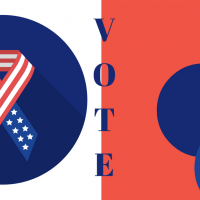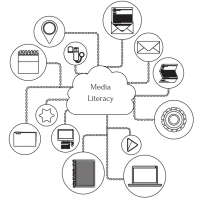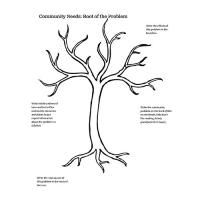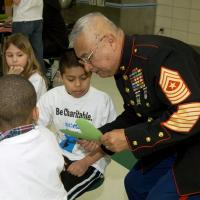One of the fundamental purposes for education is to prepare youth for responsible citizenship. This includes caring for others and the common good, understanding how government and voting work, following current events, listening to diverse points of view and having civil conversations, and advocating for a cause. This toolkit includes background information and project ideas related to civic participation.
Youth reflect on the value of art in communicating feelings and culture, while taking part in service to the community. They teach an art lesson to young children to encourage self-expression. They plan an environmental service project that puts crayons in the hands of young children. The youth identify nonprofit organizations or schools that might need crayons, and they arrange a collection of gently used crayons and delivery of repackaged crayons. This project is enhanced when it involves collaboration between classrooms from elementary to high school.
- Read more about Crayons and Art for Community
- Log in or register to post comments
Media Literacy
With all of the ways we get media, it is difficult to sort out what information we are absorbing and what is real. Sifting through all of the information can be difficult for even the most adept media consumer. Learning to Give offers this Media Literacy guide to...
In this activity, participants use critical thinking to deconstruct an issue they care about. They identify a problem, explore the root causes and effects, and research who the experts are. This is a great way to build community, use creative expression, and come up with different approaches to collaboratively make a difference.
The handouts below are evaluations that may be completed by parents and families, community partners, students, and teachers. These evaluations may be used in conjunction with any Learning to Give lesson, toolkit, or resource. The goal is to help you collect information about the...
Below are Tools and Resources to Help You Get Started with Learning to Give
Mini-Course for Educators or Youth Leaders
This educator mini-course introduces service-learning to educators with a brief overview of strategies and helpful tips. Learn...
Written by Rob Kaufold
Definition
In response to growing criticism of private foundations and impending legislation that would inhibit the actions of these entities, John D. Rockefeller III initiated The Commission on Foundations and Private...
Written by David B. Boodt
Definition
The Commission on Private Philanthropy and Public Needs – generally referred to as the “Filer Commission” after its chair John H. Filer - started in November 1973 and disbanded two years later (Anheier,...
Written by Angela White, Ph.D.
Description
The Tax Reform Act of 1969 (TRA69) was a significant federal tax overhaul for nonprofit organizations. The parts of TRA69 that relate to nonprofits sprang from a desire to hold them accountable for...
Written by Manal Issa
Definition
Sector failure refers to the “three-failure” theories: market failure, government failure and voluntary failure. It addresses the...



